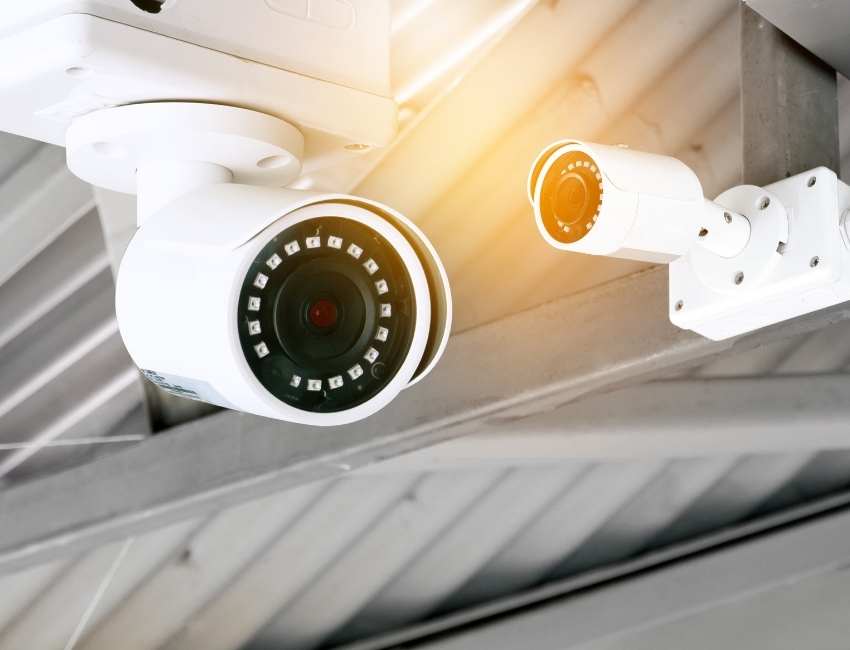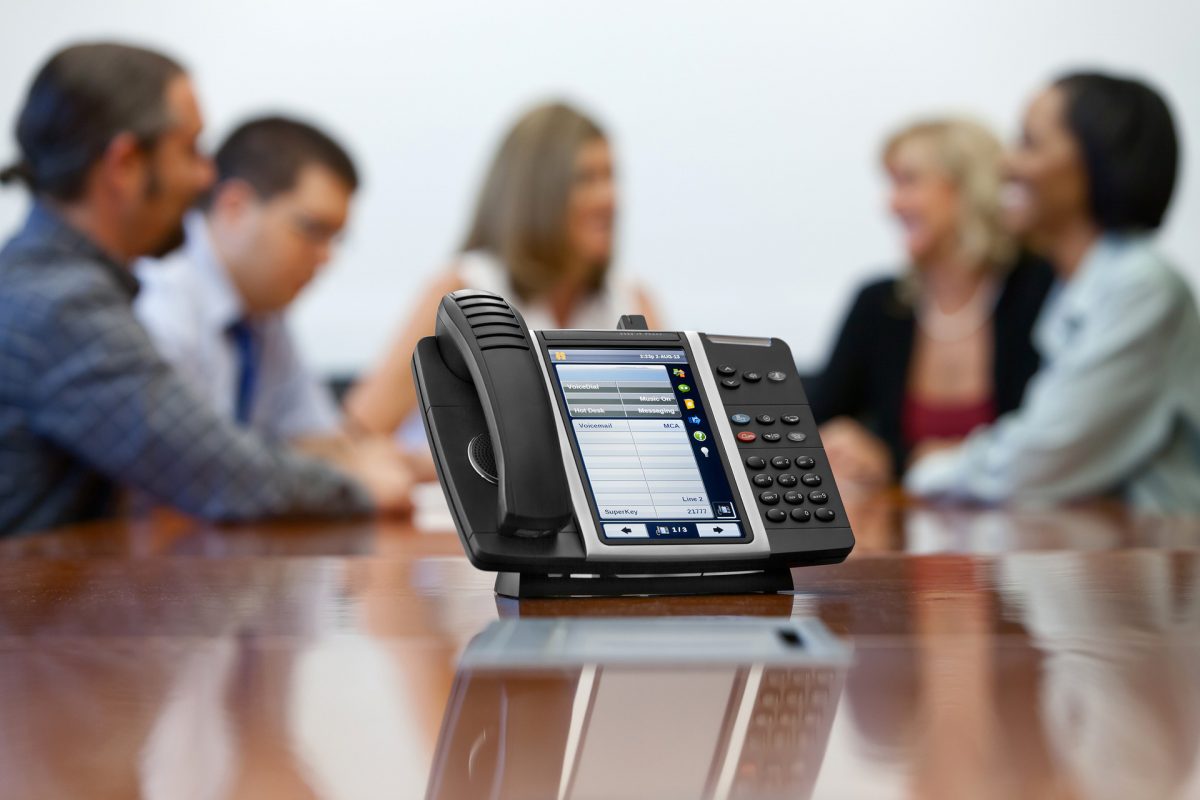Choosing The Right Video Surveillance System For Your Business
If you are wondering about choosing the right video surveillance system for your business, you are in the right place. Read on to learn everything and about choosing the right CCTV provider near you too. We are sure you will find this article super helpful.
How To Choose A Video Surveillance System
If you’ve made the decision to invest in a video surveillance and security system, don’t just buy the first one you come across. IT is also not recommended to buy it based on only on price. There are many factors to take into consideration when designing a surveillance system. While the purpose of the system is important, camera locations, DVR features, lighting, indoor or outdoor requirements, recoding details and storage rank high too. Information is key before you jump into the search for the right system. Doing the research will help save you time, money and a lot of headaches.
So, let’s review a few ways to determine what might make for a good fit.

Why Do You Need A Video Surveillance System?
The most important question is why do you need a CCTV security system in the first place? Security is the typical answer. However, there are other benefits.
A good surveillance system can help you monitor employee safety, theft, or behavior on site. Did you know you could integrate video recordings with a cash register to minimize employee theft? Point of sale integration provides the whole story to the manager. The camera records the customer and the money transaction and the DVR also records the data transaction; what product was actually sold. For example, the bartender serves top shelf drinks to his friend but rings up well drinks in the register.
Recordings can be used for training purposes, improve customer experiences or to prevent the threat of a lawsuit. A CCTV system doesn’t have to be reserved just for saving money or keeping your business safe. Camera recordings can help with both profit and loss control too. Recording customer habits may help increase profits by monitoring high traffic areas in the store for product placement.
PRO TIP: Learn more about cabling installation before you read on! We know you will find it helpful too!
How Many Cameras Do We Need?
You may think that the larger the area, the more cameras you need to install. That is not necessarily the truth. You can buy fewer cameras depending on what you actually need to “see”. You may not be concerned with certain areas in the location. On the other hand, you may invest in a pan/tilt/zoom (PTZ) camera that moves up, down and around, eliminating the need for several fixed cameras. You can cover a much larger area with the PTZ and in many cases, with an IP camera zoom in to great detail.
Or maybe you don’t need something that expansive. Maybe you aren’t concerned about every square foot of your property and only want to view certain areas of the business; your dumpster or parking lot. You would look into a smaller system with several cameras.
Don’t forget to consider the future of your business. Do you have plans to grow? If so, you may want to choose an IP based system, as they are usually the best bet for a growing business because they are easier to expand.

What Are Some of the Options You Need When Choosing A Video Surveillance System?
The bells and whistles that are available for video surveillance systems today are extraordinary. Waterproof, vandal resistant, dustproof, infrared technology for night viewing, zoom, remote video monitoring from any PC, tablet or smartphone and cameras that offer 180 -360 field of view.
There are low-resolution cameras for areas that are either well lit or don’t require a lot of detail. High-resolution cameras that are good for places where you need to see a lot of detail like license plates or printing on boxes. Perhaps you only need to record an area when there is someone present. You can save money and storage space by getting a camera with a motion sensor.
Make a list of your needs are so you can find the right system for the right problem.
Where Should the Cameras Go?
There are several differ styles of cameras so not only should you consider the athletics of the installed cameras but the purpose of each camera. Cameras can be very obvious and placed in a way to show people they are being watched. They can also be hidden to keep them from being stolen or vandalized. Sometimes covert cameras are installed simply to “catch” a thief. The recording can be used to substantiate a dismissal of an employee or given to the police for evidence to prosecute the person. It all depends on the purpose of the cameras.
How Long Do You Want to Store the Recordings?
How long do you want to store the images recorded in the DVR? A five-day period of recording, without audio, will take about 50 GB of storage on a hard drive. If you’re just trying to keep an eye on things and don’t anticipate a need for long-term storage then you don’t need to buy a large hard drive. However, some business owners have saved a lot of money in court because they had images they saved for years.
Nowadays, storage space is so incredibly inexpensive that it makes sense to hold onto the recordings for at least a year.
Do You Need Audio?
Audio can be quite convenient, allowing you to speak to people directly as they are on camera. This can be helpful with deliveries, instructions to employees or even to warn somebody off your property. However, audio adds to the amount of information being stored and may require a larger hard drive to store the data. BE careful, there may be legal considerations when recording audio in some environments and states have different laws regarding this issue.
Who Will Be Operating It?
You need to understand how to operate the system so you can retrieve images from it if necessary. But don’t think just about you. There should be other people who can operate the system in your absence. You may also want your surveillance vendor to have access to the system for diagnostics, employee assistance or service requests. With the permission of each client, Comtex will remotely access the cctv system on a daily basis to verify the performance of each camera and DVR. We may know your system is down before the client. If we see that the DVR is not recording or a camera is out, we alert the client of the issue. Early detection is key and may save a client money and aggravation.
Demo The System!
Keep in mind that once the system is installed, you are stuck. Don’t like the camera pictures, that’s what you paid for. Didn’t know the DVR features are limited? Now what? We highly recommend you demo the cameras and DVR.
Look out for our next blog detailing the importance of purchasing a system form a local surveillance vendor rather than from an online store.
And That’s Where Comtex Comes In
There is a lot to think about when choosing the right system. But it doesn’t have to be that way. Let us make it easier for you.
Comtex has been installing surveillance systems for more than 40 of the 55+ years in business. While most surveillance systems offer the same features, camera pictures, camera views, lighting and DVR functionality drive the effectiveness of the system. Comtex will design a system to accommodate your specific needs. We have proven longevity in the industry and will be here for you before, during and after the installation.
Contact us today for a free site visit and demo of any equipment. Take a look at Comtex on the map below. We look forward to helping you.
You should now know how to choose the right video surveillance system and we wish you all the best.




